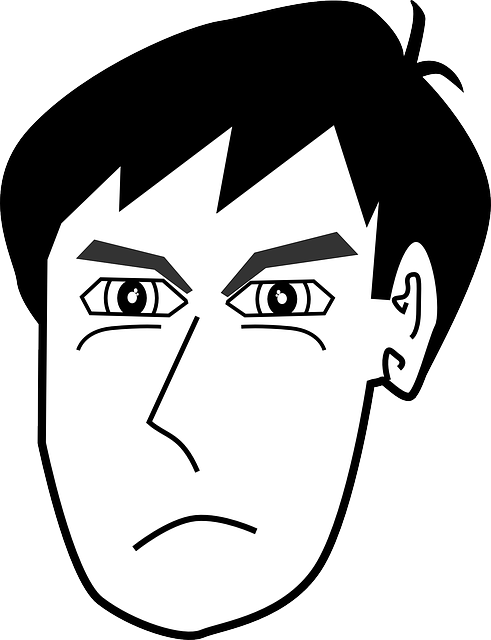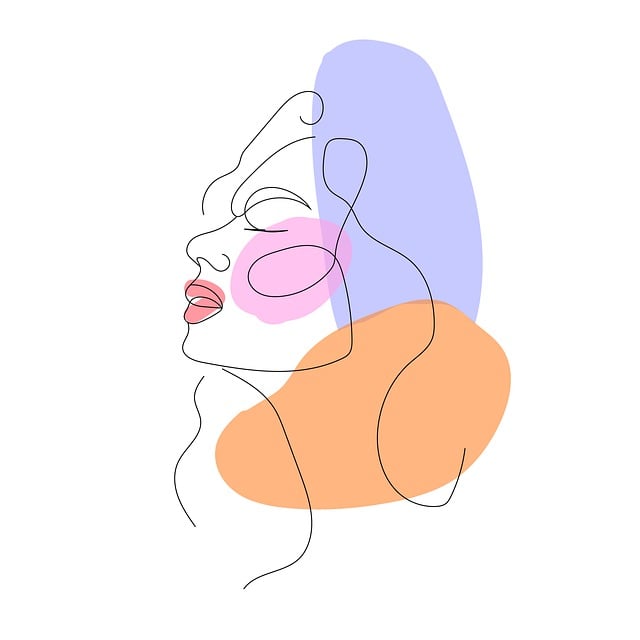Botox is a popular non-surgical treatment for relaxing muscles and reducing fine lines and wrinkles, particularly around the forehead and eyes. It blocks nerve signals to prevent muscle contraction, stopping the repetition of facial expressions that cause dynamic wrinkle formation. For forehead lines and frown lines, Botox relaxes crucial muscles, offering significant reductions in wrinkle depth within 1-2 weeks, with full effects up to 72 hours later. Regular treatments every 3-6 months maintain results, as Botox doesn't prevent all new wrinkles but slows their formation. Choosing a qualified medical professional is vital for safety and optimal results; follow post-treatment instructions and consider regular maintenance appointments for long-lasting smoothness.
“Uncover the secrets to achieving effective Botox results with our comprehensive guide. From understanding the basics of this popular anti-aging treatment to exploring its scientific foundations, we demystify Botox like never before. Learn how it tackles forehead lines and frown lines through advanced techniques. Discover expected outcomes, safety measures, and expert tips for choosing the right provider. Maintain optimal care with follow-up strategies. Whether you’re a beginner or seeking enhanced results, this article is your go-to resource for Botox success in treating forehead and frown lines.”
Understanding Botox: A Simple Guide for Beginners

Botox is a popular non-surgical cosmetic treatment used to relax muscles and reduce the appearance of fine lines and wrinkles, especially around the forehead and eyes. For beginners, understanding how Botox works is essential. It’s a protein derived from bacteria that, when injected into specific muscle groups, blocks nerve signals preventing muscle contraction. This action prevents the repetition of facial expressions that cause dynamic wrinkle formation, like frown lines and forehead creases.
When considering Botox for forehead lines and frown lines, it’s crucial to consult with a qualified medical professional. They will assess your specific concerns and areas of treatment, ensuring an accurate diagnosis and personalized treatment plan. This involves understanding your skin’s needs, the severity of wrinkles, and realistic expectations, as results can vary from person to person.
The Science Behind Botox and Its Effects on Skin

Botox, or botulinum toxin, is a protein produced by bacteria that has become a popular non-surgical cosmetic procedure. When injected into specific muscle groups, it blocks nerve signals to those muscles, temporarily paralyzing them. This action significantly reduces the appearance of dynamic wrinkles, particularly on the forehead and around the eyes and mouth, where facial expressions create repeated creases.
For individuals seeking to minimize forehead lines and frown lines, Botox offers a highly effective solution. By relaxing the corrugator muscles (responsible for frowning) and the frontal fibral muscles (involved in raising eyebrows), Botox treatments can create a smoother, more youthful complexion. The science behind its effects on skin is straightforward: by inhibiting muscle contraction, it prevents the formation of wrinkles caused by repeated facial movements, providing a noticeable improvement in skin texture and appearance.
Targeting Forehead Lines: Strategies and Techniques

Targeting forehead lines, often referred to as frown lines, with Botox is a popular choice in aesthetic treatments. The key to effective results lies in precise injection techniques and strategic targeting. Dermatologists and trained medical professionals focus on the corrugator muscles, which are responsible for furrowing the brows and causing those vertical lines between the eyebrows. By injecting Botox into these specific muscle groups, practitioners can smoothen out forehead wrinkles, providing a more relaxed and youthful appearance.
Different techniques may be employed depending on the severity of the lines. For mild to moderate cases, superficial injections can achieve great results. More pronounced frown lines might require deeper targeting or combination treatments with other aesthetic procedures for optimal Botox for forehead lines effects.
Treating Frown Lines: A Comprehensive Approach

Botox has established itself as a leading treatment for both forehead lines and frown lines, offering a non-invasive solution for those seeking to reduce the appearance of wrinkles. When administered by a qualified professional, Botox can effectively relax the muscles responsible for creating these lines, providing a smoother, more youthful complexion.
The approach to treating frown lines is comprehensive, focusing not just on the visible symptoms but also on the underlying causes. By targeting specific muscle groups, Botox can prevent the repetition of these lines over time, ensuring longer-lasting results. This tailored method has proven particularly effective for individuals experiencing dynamic wrinkles, which form as a result of habitual facial expressions.
Expected Results: What to Look Forward To

When considering Botox for forehead lines and frown lines, it’s crucial to understand what results you can expect. After a successful treatment, many patients experience significant reductions in dynamic wrinkle depth. This means that deep frown lines between the eyebrows (glabellar lines) and horizontal forehead wrinkles become less pronounced. The effect is not immediate; it typically takes 24 to 72 hours for the full result to appear, with optimal results visible within 1-2 weeks.
While Botox can’t prevent the formation of new wrinkles entirely, it can significantly slow down the process by relaxing muscle activity in the treated areas. This relaxation prevents the constant contraction that causes dynamic wrinkles, leading to a smoother, more youthful appearance. Patients often find that regular treatments every 3-6 months maintain these results, ensuring they look forward to a more relaxed and confident expression.
Safety and Side Effects: Addressing Common Concerns

When considering Botox for forehead lines and frown lines, safety is a top priority for most individuals. It’s important to note that when administered by a qualified professional, Botox is generally safe. However, as with any medical procedure, there are potential side effects to be aware of. Common concerns include temporary redness, swelling, or discomfort at the injection site. In rare cases, patients may experience headaches, muscle weakness in the treated area, or blurred vision.
To minimize these risks, it’s crucial to choose a reputable clinic and a licensed practitioner. Before the procedure, discuss your medical history and any medications you’re taking, as some conditions or substances can interact with Botox. Following the treatment, rest for a few hours and avoid strenuous activities to reduce swelling. Most side effects subside within a short period, and many patients experience significant improvements in their forehead and frown lines without any long-term issues.
Choosing the Right Provider: Tips for Optimal Care

When considering Botox treatments for forehead lines and frown lines, selecting the right provider is paramount for achieving optimal results. Look for a board-certified dermatologist or experienced plastic surgeon with extensive knowledge of facial esthetics. Verify their credentials, check patient reviews, and inquire about their approach to Botox administration. A skilled provider will assess your specific concerns, discuss expectations, and tailor the treatment plan accordingly. They’ll use sterile techniques, ensure proper dosage, and offer aftercare advice for minimal downtime.
To maximize the benefits of your Botox procedure, choose a practitioner who prioritizes patient safety and comfort. Avoid non-medical spas or uncertified individuals, as they may not have the expertise to address your needs effectively. A reputable provider will take the time to understand your goals, providing both realistic expectations and excellent outcomes for smooth, youthful-looking skin.
Maintenance and Follow-up: Ensuring Long-Lasting Results

Botox treatments for forehead lines and frown lines offer significant improvements, but maintaining these results requires ongoing care. Regular follow-up appointments are crucial to extending the benefits and ensuring long-lasting smoothness. Many experts recommend returning every 3–6 months for touch-ups, as this helps prevent new wrinkles from forming and maintains the aesthetic you desire.
During these maintenance visits, your dermatologist or aesthetician will evaluate your skin, identify any emerging areas of concern, and administer targeted injections to rejuvenate the treated areas. This proactive approach not only preserves the initial results but also gives you the opportunity to discuss any changing preferences or new concerns, ensuring your treatments remain tailored to your unique needs.
